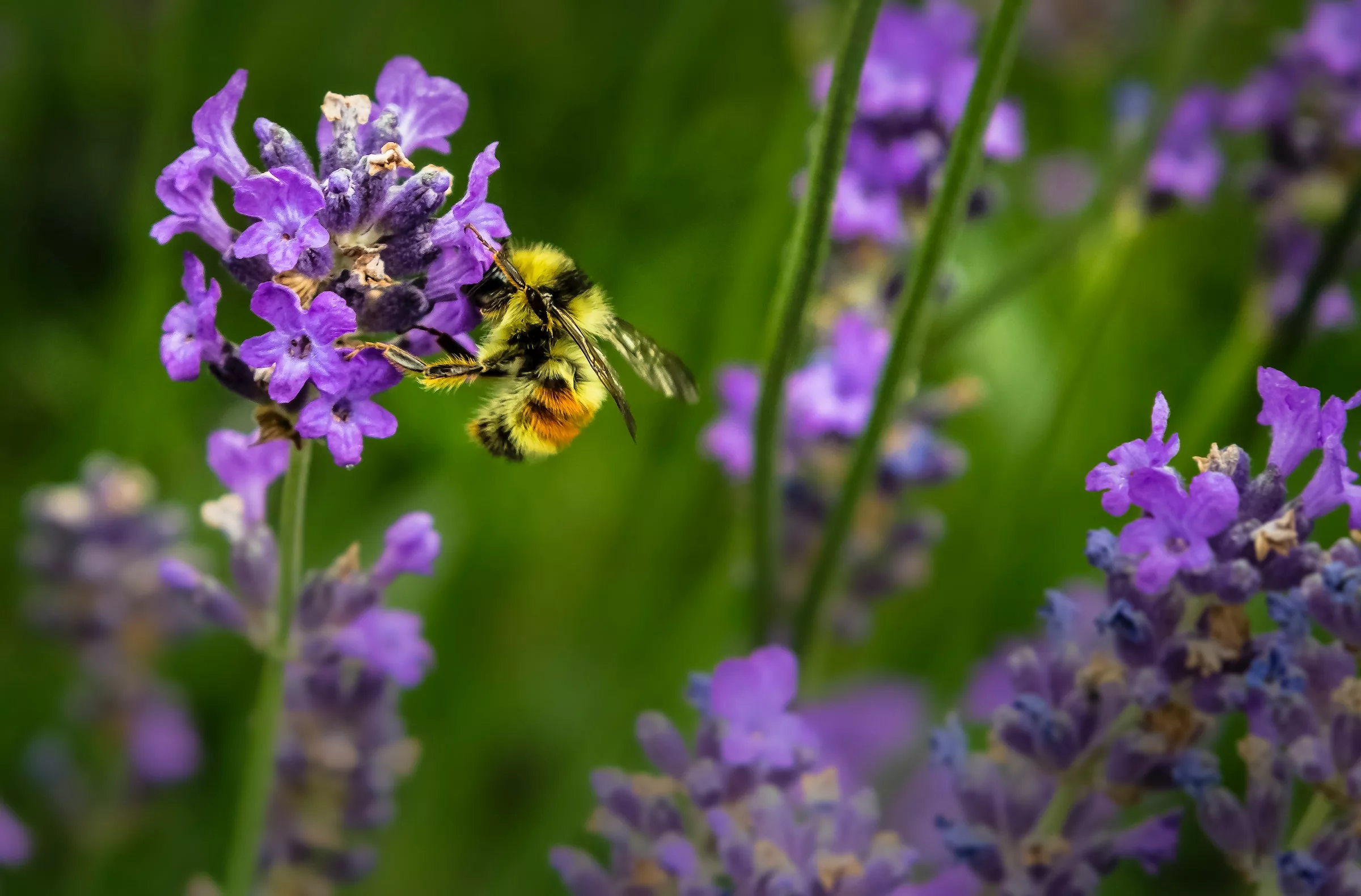Pollinators, such as bees, butterflies, and birds, play a vital role in maintaining a thriving garden ecosystem. They are essential for plant reproduction and increasing your garden’s yield. By creating a pollinator-friendly permaculture garden, you can encourage these essential creatures to visit your space, boost biodiversity, and promote a healthier environment. In this article, we’ll explore the importance of pollinators and provide some practical tips for designing a pollinator haven in your garden.
Why Are Pollinators Important?
Pollinators transfer pollen from the male reproductive structures (anthers) to the female reproductive structures (stigma) of flowers. This process, known as pollination, is essential for the plant to produce seeds and fruit. Approximately 80% of flowering plants rely on pollinators for fertilization, making them a critical component of both natural and agricultural ecosystems.

A decline in pollinator populations, due to habitat loss, pesticide use, and climate change, poses a significant threat to global food production and biodiversity. Creating a pollinator-friendly permaculture garden is an excellent way to help combat this decline while supporting your garden’s overall health and productivity.
How to Create a Pollinator-Friendly Permaculture Garden
Here are some useful tips for creating a pollinator paradise in your permaculture garden:
1. Plant diverse flowering species

Offer a variety of flowering plants to attract a range of pollinators. Diversify the types of flowers you plant, including those with various shapes, sizes, colors, and blooming periods. Aim to have plants in bloom from early spring to late fall, ensuring a continuous food source for pollinators throughout the seasons.
2. Plant native species
Native plants are better adapted to your local climate and soil conditions and are more likely to attract native pollinators. Research which native plants are suitable for your gardening zone and incorporate them into your garden design.
3. Avoid pesticide use
Pesticides can harm or kill pollinators, even when used in small amounts. Embrace organic gardening practices, such as integrated pest management, and look for natural alternatives to chemical pesticides.
4. Provide shelter and nesting sites
Create habitats for pollinators by providing shelter and nesting sites. Leave some areas of bare soil for ground-nesting bees, add bee hotels for solitary bees, or provide nesting boxes for birds. Incorporate shrubs, trees, or structures such as stone piles and logs to create sheltered areas where pollinators can rest or escape from the elements.

5. Incorporate water sources

Provide shallow water sources for pollinators to drink and bathe. Place shallow containers filled with water and pebbles or marbles around your garden, ensuring they are easily accessible and cleaned regularly to prevent the spread of diseases.
6. Use companion planting
Companion planting is a key permaculture principle that can also benefit pollinators. Planting flowers alongside your vegetables attracts pollinators while providing them with a diverse food source. Some popular companion plants that attract pollinators include marigolds, cosmos, sunflowers, and zinnias.
By implementing these tips, you can create a permaculture garden that not only supports pollinators but also contributes to the overall health of the environment. Embrace the interconnectivity of nature in your garden and enjoy the benefits that come with a thriving pollinator population.
Join Our Gardening Newsletter for More Tips
If you enjoyed reading this, don’t hesitate to subscribe to our newsletter for a wealth of gardening knowledge and insights. Stay up-to-date on the latest gardening trends, tips, and know-how, and make your green thumb even greener.



